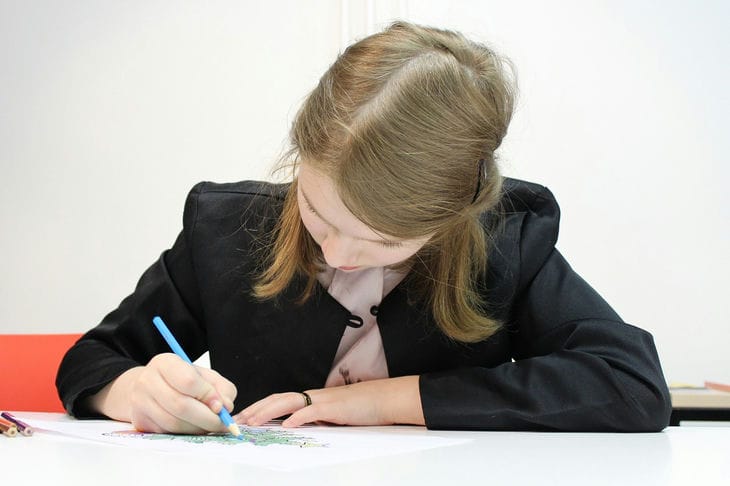According to neuropsychologists, children's attention span can be increased by combining two areas of brain activity.
And now – in simple words: you can train your memory by doing several tasks at the same time, for example, swinging on a balance board and solving problems.
The author of this method is N. I. Zhinkin, who studied the process of recoding different types of perception.

During the work, the scientist conducted an experiment in which participants were asked to read a text to themselves and simultaneously listen to another text. In order to understand the text being read, the participants had to abstract themselves from the text being heard and concentrate all their attention on the text being read.
After reading, the psychologist compared the responses of the subjects who read in a quiet environment and those who read in the presence of interference.
Surprisingly, participants who read under the interference condition were able to remember and understand more information. This is because they were forced to concentrate on the text in order to successfully complete the task.
These ideas eventually evolved into neurostimulation techniques in which one cognitive process is combined with another, opposing process, with the goal of enhancing perception through focused attention.
But there is one thing: according to some parents, the method is not suitable for all children - some are able to demonstrate high learning efficiency only in a calm environment, without distractions.
This can be explained by the fact that the method was initially designed for healthy people, and therefore it should be used with caution in the case of each individual child, taking into account his capabilities and the characteristics of his body.
Earlier we talked about how to wean a child from chewing pencils and pens.
